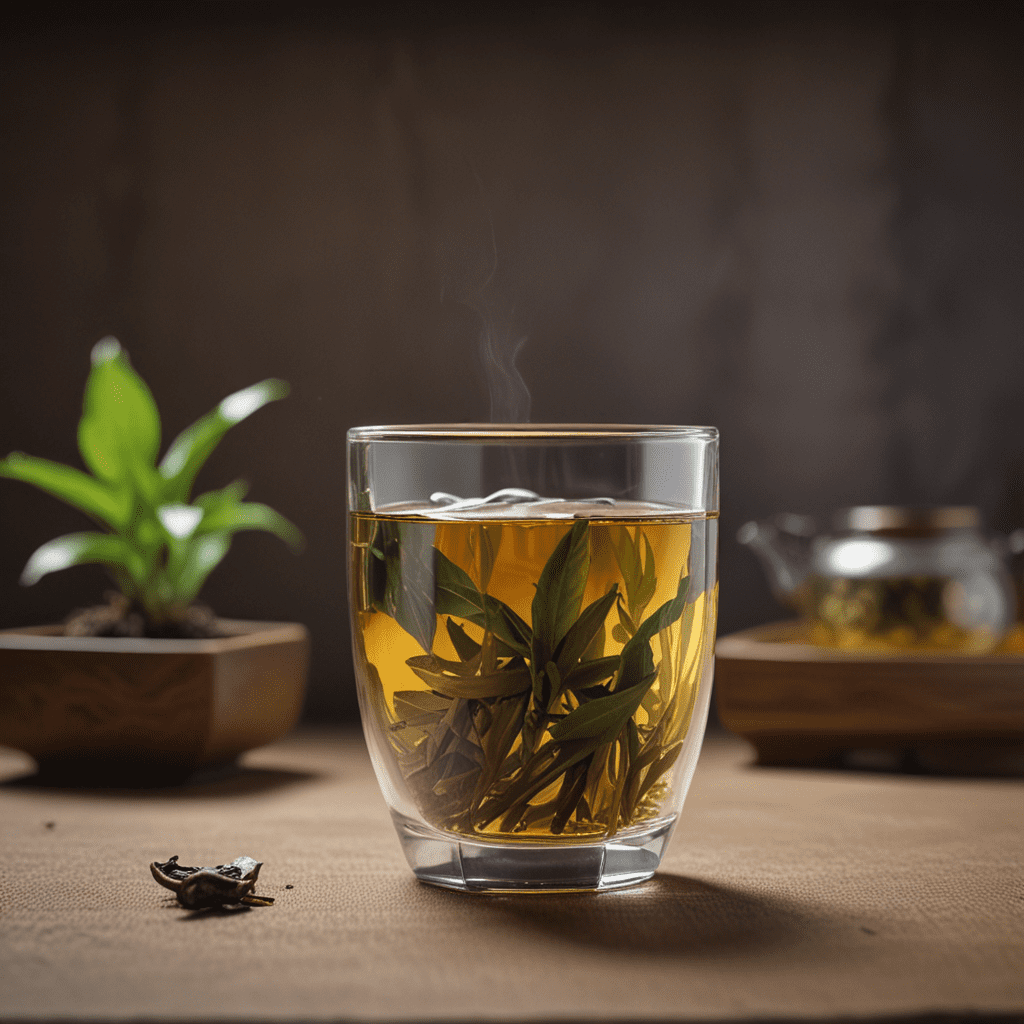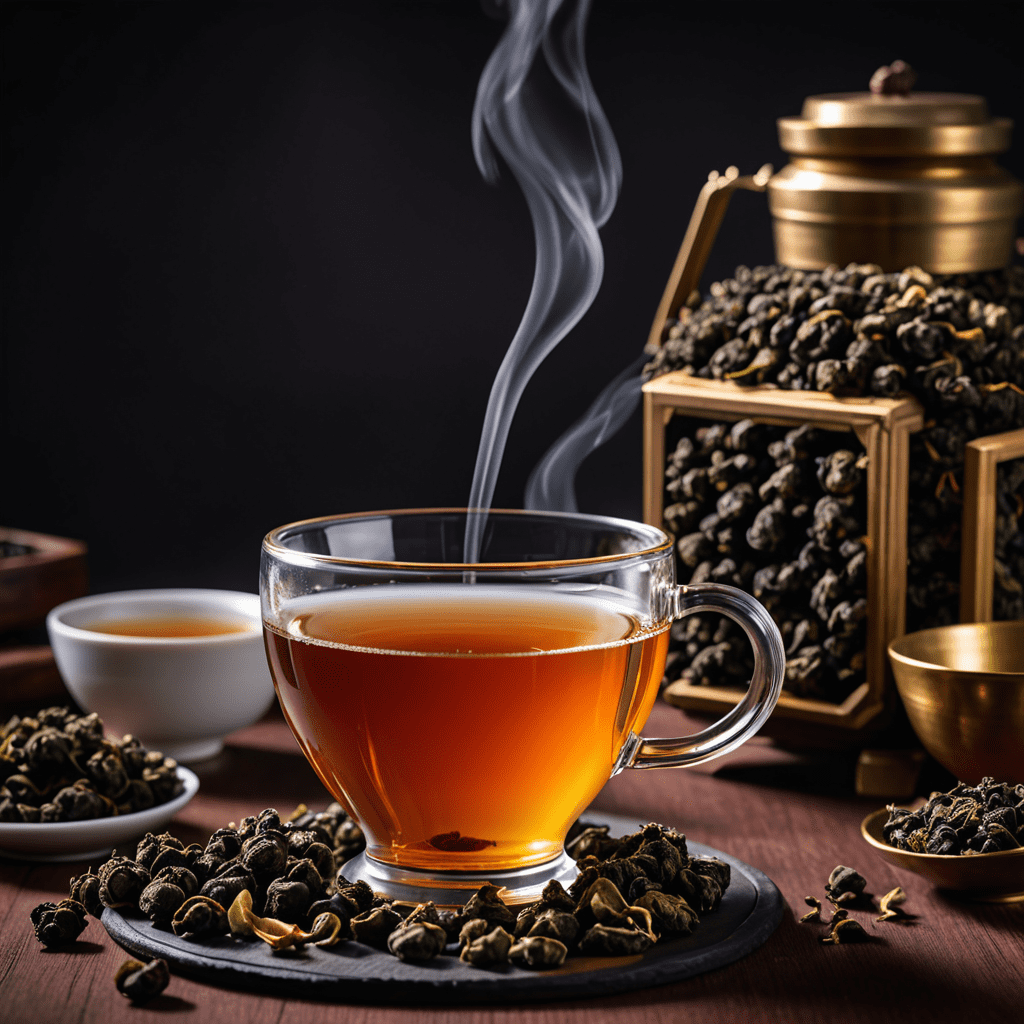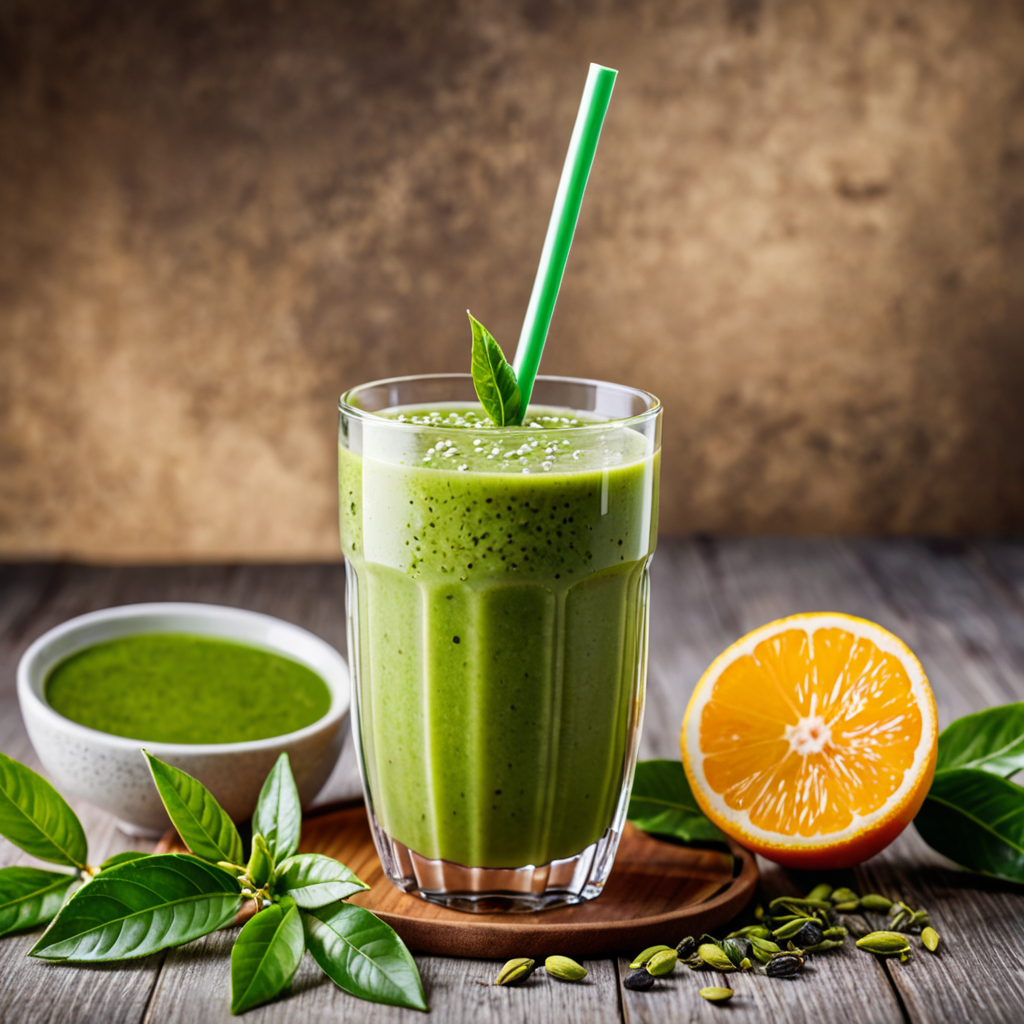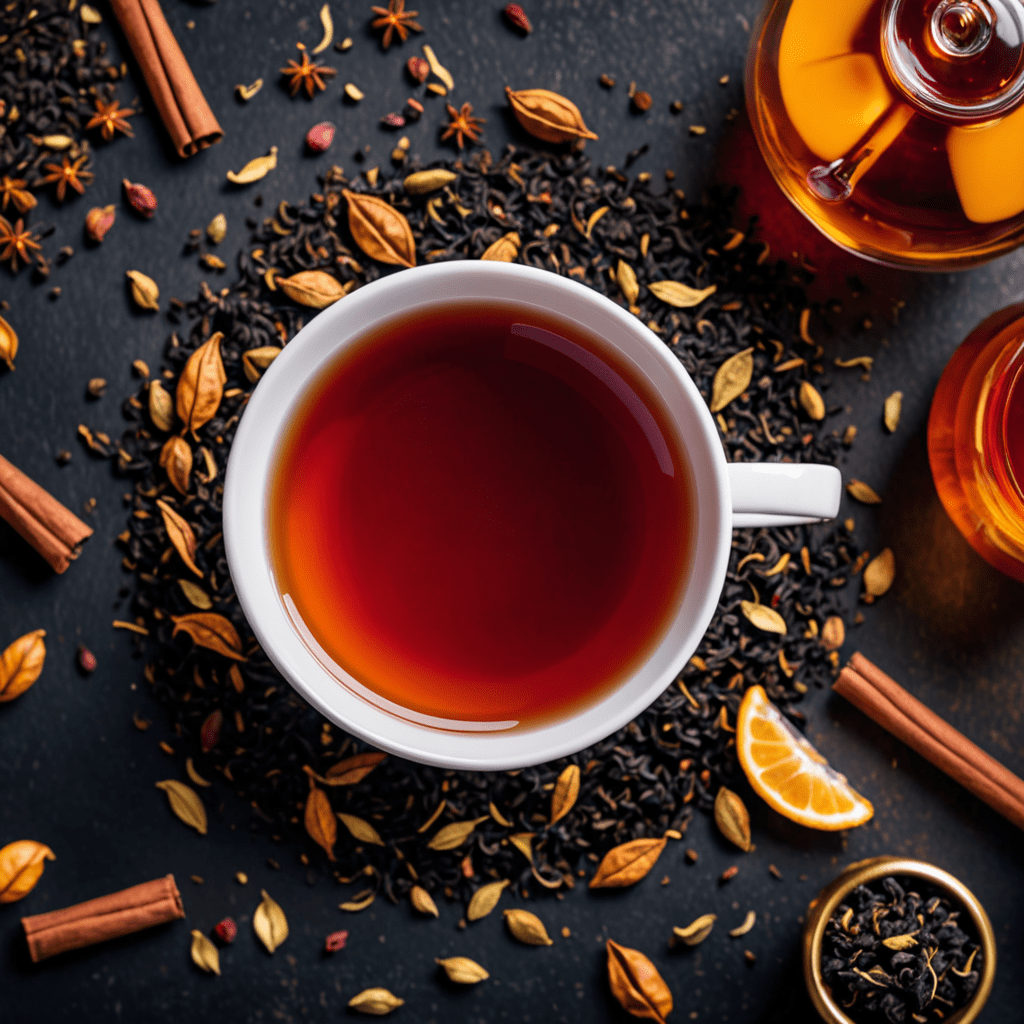
Introduction: The Essence of Chinese Tea Culture
Chinese tea culture is a profound tradition with a rich history and deep significance in Chinese society. Tea, a beverage made from the leaves of the Camellia sinensis plant, holds a central position in Chinese culture, esteemed for its myriad health benefits, social customs, and philosophical implications. Understanding Chinese tea culture involves delving into the ancient origins of tea in China, its meticulous cultivation and preparation methods, and the social etiquette surrounding its consumption.
Historical Roots: The Ancient Origins of Tea in China
The origins of tea in China are shrouded in myth and legend, but archaeological evidence suggests its consumption dates back as early as the 10th century BCE. Ancient Chinese texts mention tea as a medicinal drink, and by the Tang dynasty (618-907 CE), tea had become an integral part of Chinese life. During this period, the renowned tea classic "The Classic of Tea," written by Lu Yu, established the foundations of Chinese tea culture, outlining the cultivation, preparation, and etiquette associated with tea consumption.
Cultivation and Production: The Art of Tea Leaf Cultivation
Tea cultivation in China is an art form that requires meticulous attention to detail. Different regions of China produce distinct varieties of tea, each with unique characteristics. The most famous tea-producing regions include Fujian, Zhejiang, and Yunnan. Tea plants are carefully cultivated in terraced gardens or on hillsides, and the leaves are harvested at different times depending on the desired tea grade.
Tea Preparation: Rituals and Techniques for Brewing
Tea preparation in Chinese culture is elevated to an art form. The choice of teaware, water temperature, and brewing time are all crucial factors that influence the flavor and aroma of the tea. Traditional Chinese tea ceremonies involve elaborate rituals and gestures, emphasizing the importance of mindfulness and appreciation.
Tea Etiquette: Social Customs and Refinement
Tea etiquette plays a significant role in Chinese social interactions. The act of offering and accepting tea is a symbol of respect, hospitality, and friendship. Specific customs and gestures have evolved over the centuries, including the use of tea trays, teacups, and teapots. Understanding and adhering to these customs demonstrates cultural sensitivity and respect for Chinese traditions.
Health Benefits: The Healing Powers of Tea
Tea is renowned for its numerous health benefits, which have been recognized in traditional Chinese medicine for centuries. Green tea, in particular, is rich in antioxidants called catechins, which have been linked to a reduced risk of various chronic diseases, including heart disease, cancer, and neurodegenerative disorders. Other types of tea, such as black tea and oolong tea, also contain beneficial compounds like theaflavins and thearubigins, which have anti-inflammatory and antioxidant properties.
Tea as a Way of Life: Philosophy and Spirituality
In Chinese culture, tea is not merely a beverage but a way of life. Tea drinking is often associated with meditation, relaxation, and self-cultivation. The act of preparing and serving tea fosters a sense of mindfulness and appreciation for the present moment. Tea is also deeply rooted in Chinese philosophy, with Taoist and Buddhist traditions emphasizing the harmony between humans and nature. The tea ceremony is a ritualized practice that embodies these principles, promoting inner peace and tranquility.
Tea and Cuisine: Pairing Tea with Food
Tea plays a significant role in Chinese cuisine, both as a beverage and an ingredient. Different types of tea are paired with specific dishes to enhance their flavors and complement their textures. For example, green tea is often served with delicate seafood dishes, while black tea pairs well with hearty meat dishes. Tea is also used as an ingredient in various sauces, marinades, and desserts, adding a unique depth of flavor to Chinese culinary creations.
Contemporary Trends: The Evolution of Tea in Modern China
While Chinese tea culture has a long and rich history, it continues to evolve in contemporary times. Modern tea enthusiasts are embracing new trends, such as experimental tea blends, tea mocktails, and tea-infused food items. The rise of specialty tea shops and tea cafes has also made tea more accessible and popular among younger generations.
Conclusion: The Enduring Legacy of Chinese Tea Culture
Chinese tea culture is a vibrant and multifaceted tradition that has shaped Chinese society for centuries. Its origins in ancient China, meticulous cultivation and preparation methods, social etiquette, and health benefits have made tea an integral part of Chinese life. As China continues to evolve, so too will its tea culture, ensuring that the legacy of this profound tradition remains alive and well for generations to come.
Frequently Asked Questions (FAQs)
Q: What are the different types of Chinese tea?
A: There are six main types of Chinese tea: green tea, white tea, yellow tea, oolong tea, black tea, and post-fermented tea.
Q: How do I prepare Chinese tea properly?
A: The method of preparation varies depending on the type of tea. However, general steps include using high-quality water, measuring the appropriate amount of tea leaves, and steeping the tea for the correct amount of time.
Q: What are the health benefits of Chinese tea?
A: Chinese tea is rich in antioxidants, which have been linked to a reduced risk of various chronic diseases, including heart disease, cancer, and neurodegenerative disorders.


